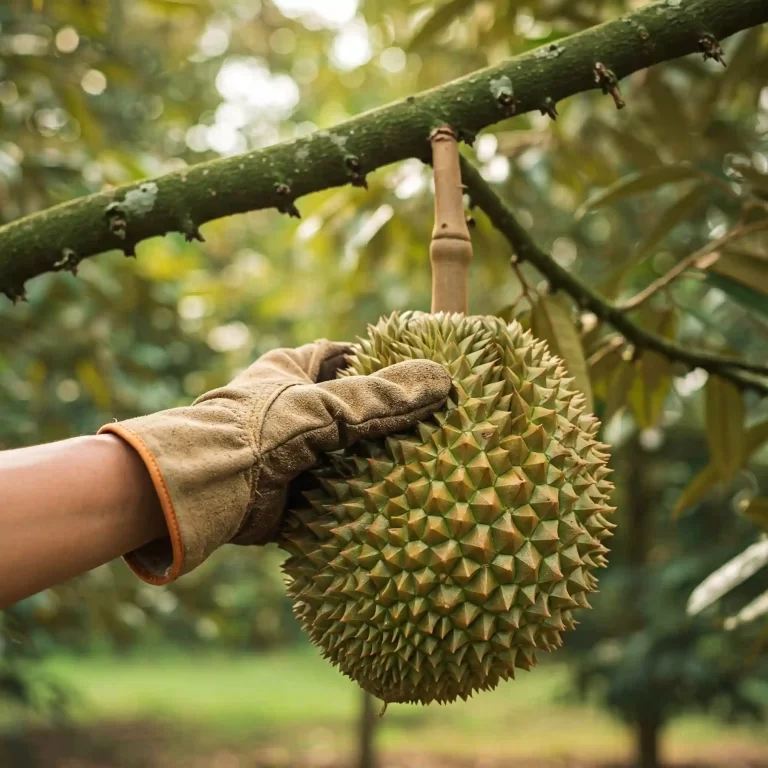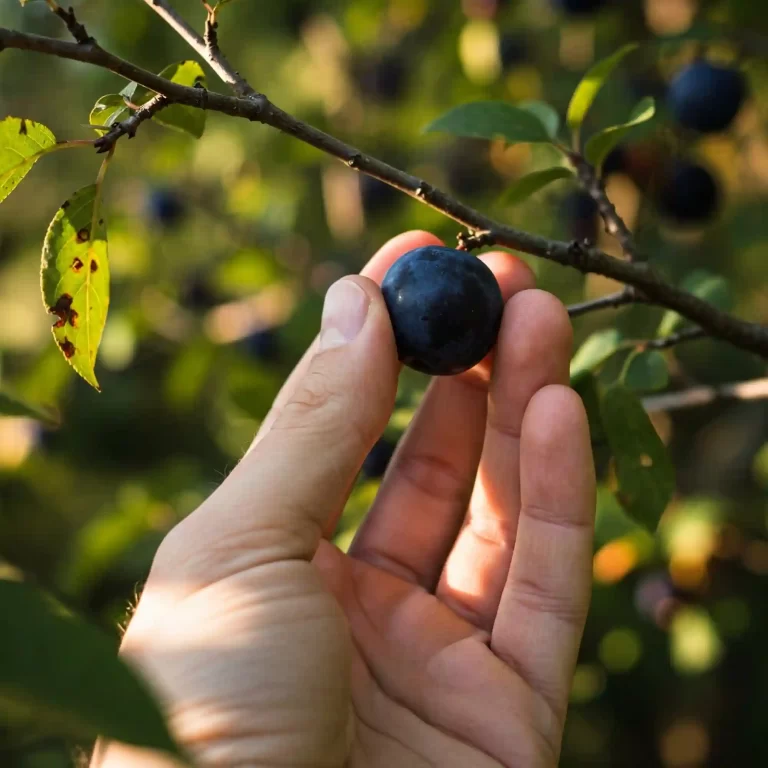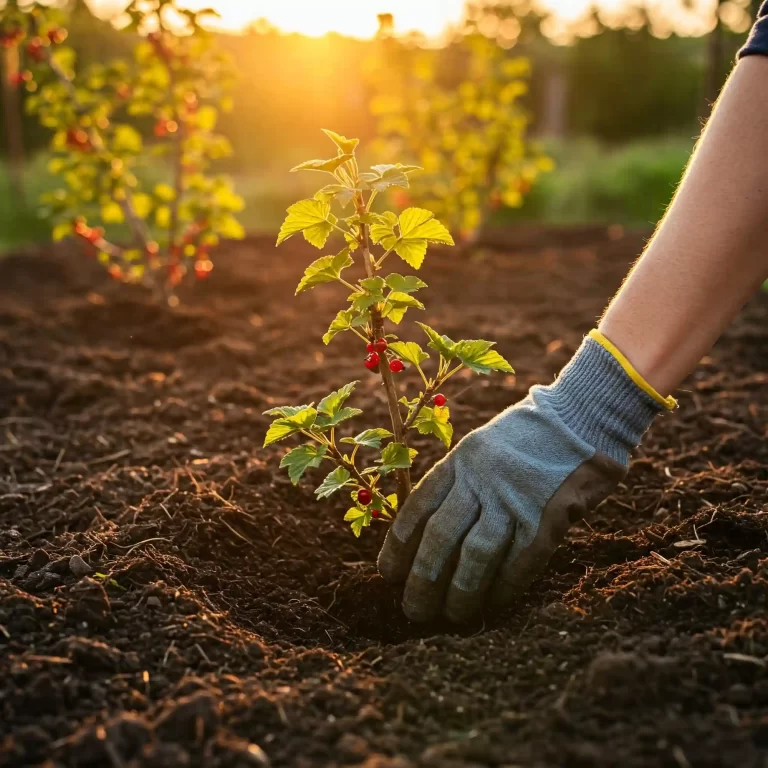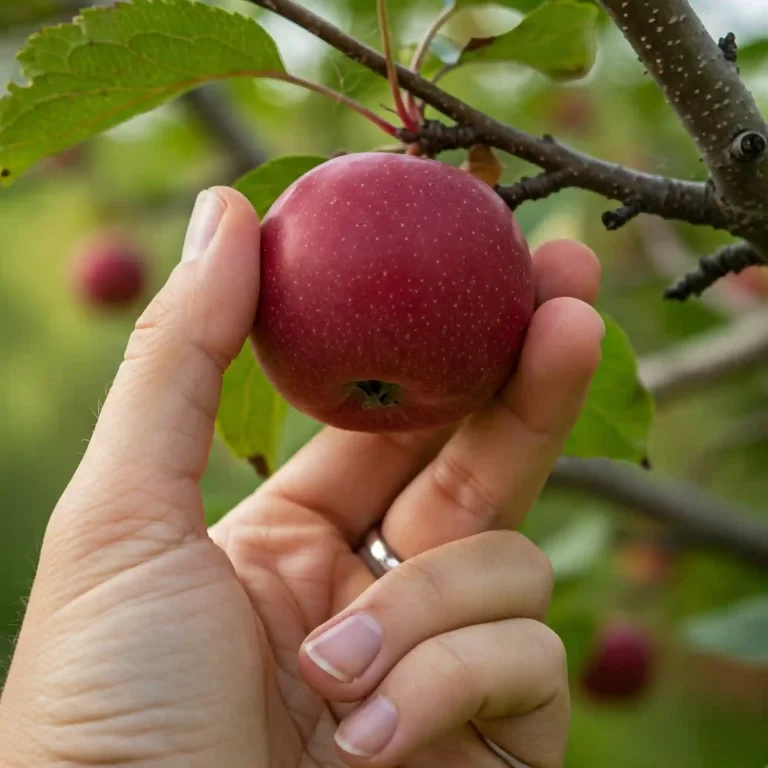Have you ever struggled to keep your tent secure during a windy camping trip or found your garden plants toppling over because they weren’t properly supported? It’s frustrating to see your hard work undone by something as simple as inadequate ground stakes. You might feel like you’re constantly battling the elements, trying to keep everything in place. The good news is that with the right knowledge and tools, you can easily solve these problems. In this comprehensive guide, I’ll share everything you need to know about ground stakes, from choosing the right type to installing them correctly and maintaining them for long-term use.
What Are Ground Stakes?
Ground stakes are essential tools used to secure various items to the ground. They come in different shapes, sizes, and materials, each designed for specific purposes. Whether you’re a gardener looking to support your plants, a camper needing to secure your tent, or a construction worker anchoring temporary structures, ground stakes are indispensable.
Ground stakes work by penetrating the soil and providing a stable anchor point. This prevents items from shifting, blowing away, or collapsing. The effectiveness of ground stakes depends on several factors, including the type of soil, the weight of the item being secured, and the design of the stake itself.
Ground stakes are versatile tools that can be used in many different ways, so don’t be afraid to get creative and experiment with new ideas.
Types of Ground Stakes
Ground stakes come in various types, each designed for specific applications. Understanding the different types can help you choose the right one for your needs.
Tent Stakes
Description: Tent stakes are primarily used in camping to secure tents and tarps. They are designed to be lightweight yet strong enough to hold tents in place during windy conditions.
Materials: Tent stakes can be made from various materials, including aluminum, titanium, and plastic. Aluminum and titanium stakes are popular for their strength and lightweight properties, while plastic stakes are often used for their affordability and ease of use.
Best Uses: Tent stakes are ideal for camping trips where you need to secure tents, tarps, and other lightweight structures. They are also useful for securing picnic blankets and outdoor mats.
Example: The MSR Groundhog Tent Stakes are a popular choice among campers. Made from 7000-series aluminum, these stakes are lightweight, durable, and provide excellent holding power.
Garden Stakes
Description: Garden stakes are used to support plants or secure garden fabrics. They are often made of galvanized steel to resist rust and provide long-lasting support.
Materials: Garden stakes can be made from galvanized steel, plastic-coated metal, or bamboo. Galvanized steel stakes are known for their durability and rust resistance, while bamboo stakes are eco-friendly and blend well with garden aesthetics.
Best Uses: Garden stakes are perfect for supporting plants, securing garden fabrics, and creating garden structures like trellises. They can also be used to mark garden rows and boundaries.
Example: The Gardener’s Supply Company Heavy-Duty Garden Stakes are made from galvanized steel and are designed to provide strong support for plants. These stakes are rust-resistant and can be used for various gardening applications.
Rebar Stakes
Description: Rebar stakes are heavy-duty stakes made from rebar, a type of steel reinforcement bar. They are used for securing larger structures like trampolines, playsets, or temporary shelters.
Materials: Rebar stakes are made from steel and are often coated with a rust-resistant finish. They are known for their strength and durability, making them ideal for heavy-duty applications.
Best Uses: Rebar stakes are suitable for securing large and heavy structures, such as trampolines, playsets, and temporary shelters. They are also used in construction to anchor formwork and other temporary structures.
Example: The Mutual Industries Rebar Stakes are made from high-quality steel and are designed for heavy-duty use. These stakes are available in various lengths and provide excellent holding power for large structures.
Ground Anchors
Description: Ground anchors are screw-like stakes that provide extra holding power. They are ideal for securing trampolines, swing sets, or other heavy items.
Materials: Ground anchors are typically made from galvanized steel or heavy-duty plastic. The screw-like design allows them to penetrate deep into the soil, providing a strong and stable anchor point.
Best Uses: Ground anchors are perfect for securing heavy items that require extra stability, such as trampolines, swing sets, and outdoor furniture. They are also used in landscaping to anchor large decorations and installations.
Example: The ABCCANOPY Spiral Ground Anchors are made from galvanized steel and feature a spiral design for maximum holding power. These anchors are easy to install and provide excellent stability for heavy items.
How to Choose the Right Ground Stakes
Choosing the right ground stakes is crucial for ensuring that your items stay secure and stable. Here are some factors to consider when selecting ground stakes:
Consider the Soil Type
Different soil types require different types of stakes. For example, sandy soil may require longer stakes with a spiral design to provide better holding power, while clay soil may require shorter, thicker stakes. Understanding the soil type in your area can help you choose the most effective stakes.
Table: Soil Types and Recommended Stakes
| Soil Type | Recommended Stakes |
| Sandy | Long, spiral stakes |
| Clay | Short, thick stakes |
| Loamy | Medium-length stakes with good grip |
| Rocky | Heavy-duty, pointed stakes |
Assess the Weight of the Item
The weight of the item you’re securing will determine the strength and size of the stake you need. Heavier items require stronger, more durable stakes. For example, securing a trampoline will require heavy-duty rebar stakes, while securing a small garden plant may only require lightweight garden stakes.
Check the Weather Conditions
If you’re in an area with high winds or heavy rain, you’ll need stakes that can withstand these conditions. Look for stakes made from durable materials like galvanized steel or heavy-duty plastic. These materials are resistant to rust and corrosion, ensuring that the stakes remain effective even in harsh weather.
Choose the Right Length and Design
The length and design of the stake are crucial for its effectiveness. Longer stakes provide better stability, while certain designs, like spiral or U-shaped stakes, offer better holding power. Consider the specific needs of your project when choosing the length and design of the stakes.
List: Factors to Consider When Choosing Ground Stakes
- Soil type
- Weight of the item
- Weather conditions
- Length and design of the stake
- Material of the stake
Installation Tips for Ground Stakes
Proper installation is key to ensuring that your ground stakes provide the stability and support you need. Here are some tips for installing ground stakes:
Prepare the Ground
Before installing the stakes, make sure the ground is clear of debris and rocks. This will make it easier to drive the stakes into the soil and ensure a secure hold. Use a rake or shovel to clear the area where you plan to install the stakes.
Use the Right Tools
Depending on the type of stake, you may need a hammer, mallet, or stake driver to install them. Make sure you have the right tools on hand before you start. Using the correct tools will make the installation process easier and more efficient.
Drive the Stakes at an Angle
For better stability, drive the stakes into the ground at a slight angle, away from the item you’re securing. This will provide better resistance against pulling forces and ensure that the stakes remain firmly in place.
Check the Depth
Make sure the stakes are driven deep enough into the ground to provide adequate support. The depth will depend on the type of stake and the soil conditions. As a general rule, stakes should be driven at least one-third of their length into the ground.
Secure the Item
Once the stakes are in place, secure the item to the stakes using ropes, straps, or other fasteners. Make sure everything is tight and secure to prevent the item from shifting or blowing away.
Table: Recommended Tools for Installing Ground Stakes
| Stake Type | Recommended Tools |
| Tent Stakes | Hammer, mallet |
| Garden Stakes | Hammer, mallet, stake driver |
| Rebar Stakes | Sledgehammer, stake driver |
| Ground Anchors | Screwdriver, wrench |
Best Ground Stakes for Different Uses
Different applications require different types of ground stakes. Here are some recommendations for the best ground stakes for various uses:
Camping
For camping, look for lightweight yet strong stakes that can hold tents and tarps in place during windy conditions. Aluminum or titanium stakes are great options for their strength and lightweight properties. These stakes are easy to carry and provide excellent holding power.
Example: The MSR Groundhog Tent Stakes are a popular choice among campers. Made from 7000-series aluminum, these stakes are lightweight, durable, and provide excellent holding power.
Gardening
For gardening, choose stakes that are rust-resistant and provide good support for plants. Galvanized steel stakes or plastic-coated metal stakes are ideal for this purpose. These stakes are durable and can withstand the elements, ensuring that your plants remain supported.
Example: The Gardener’s Supply Company Heavy-Duty Garden Stakes are made from galvanized steel and are designed to provide strong support for plants. These stakes are rust-resistant and can be used for various gardening applications.
Construction
For construction, you’ll need heavy-duty stakes that can secure temporary structures. Rebar stakes are a popular choice for their strength and durability. These stakes can anchor formwork, scaffolding, and other temporary structures, ensuring that they remain stable.
Example: The Mutual Industries Rebar Stakes are made from high-quality steel and are designed for heavy-duty use. These stakes are available in various lengths and provide excellent holding power for large structures.
Landscaping
For landscaping, look for stakes that can secure outdoor decorations and installations. Ground anchors or spiral stakes are great options for their holding power and stability. These stakes can anchor large decorations, garden structures, and other outdoor installations.
Example: The ABCCANOPY Spiral Ground Anchors are made from galvanized steel and feature a spiral design for maximum holding power. These anchors are easy to install and provide excellent stability for heavy items.
Maintenance and Care for Ground Stakes
Proper maintenance and care can extend the life of your ground stakes and ensure they continue to provide reliable support. Here are some tips for maintaining and caring for your ground stakes:
Clean the Stakes
After use, clean the stakes to remove any dirt or debris. This will prevent rust and corrosion, especially for metal stakes. Use a brush or cloth to wipe down the stakes, and if necessary, rinse them with water.
Store the Stakes Properly
Store the stakes in a dry place to prevent rust and damage. If possible, keep them in a container or bag to protect them from the elements. Proper storage will ensure that the stakes remain in good condition and are ready for use when needed.
Check for Damage
Regularly inspect the stakes for any signs of damage, such as bending or rust. Replace any damaged stakes to ensure they continue to provide adequate support. This is especially important for metal stakes, which can weaken over time if not properly maintained.
Use Rust-Resistant Materials
If you’re using metal stakes, choose ones that are made from rust-resistant materials like galvanized steel or coated metal. This will help prevent rust and extend the life of the stakes. Rust-resistant stakes are particularly useful in areas with high humidity or frequent rain.
List: Tips for Maintaining Ground Stakes
- Clean the stakes after use
- Store the stakes in a dry place
- Regularly inspect for damage
- Use rust-resistant materials
- Replace damaged stakes promptly
FAQs About Ground Stakes
The best ground stakes for camping tents are lightweight yet strong stakes made from materials like aluminum or titanium. These stakes provide good holding power and are easy to carry. For example, the MSR Groundhog Tent Stakes are a popular choice among campers for their durability and lightweight design.
To install garden ground stakes, follow these steps:
1. Clear the ground of debris and rocks.
2. Use a hammer or mallet to drive the stakes into the soil at a slight angle.
3. Ensure the stakes are driven deep enough to provide adequate support.
4. Secure the plants or garden fabrics to the stakes using ties or clips.
Heavy-duty ground stakes are used for securing larger structures like trampolines, playsets, or temporary shelters. They provide strong and stable support for heavy items. Rebar stakes are a common choice for heavy-duty applications due to their strength and durability.
Yes, there are rust-resistant ground stakes made from materials like galvanized steel or coated metal. These stakes are ideal for landscaping as they provide long-lasting support and resist rust. For example, the Gardener’s Supply Company Heavy-Duty Garden Stakes are made from galvanized steel and are designed to withstand the elements.
To remove ground stakes easily, use a stake puller or a pair of pliers to grip the stake and pull it out of the ground. If the stake is stuck, you can loosen the soil around it with a shovel or water. This will make it easier to remove the stake without damaging it.
Conclusion
Ground stakes are essential tools for securing various items to the ground, whether you’re camping, gardening, or working on a construction project. By choosing the right type of stakes, installing them correctly, and maintaining them properly, you can ensure that your items stay secure and stable. I hope this guide has provided you with valuable information and tips for using ground stakes effectively. If you have any questions or tips to share, feel free to leave a comment below.
One final tip: consider using ground stakes for creative DIY projects, such as building a garden trellis or creating outdoor decorations. Ground stakes are versatile tools that can be used in many different ways, so don’t be afraid to get creative and experiment with new ideas.



